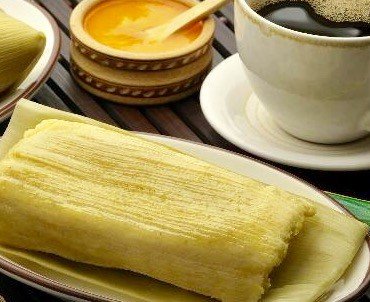Jonathan C. Lewis
Author and Artist
Cornaholic
A fictional travelogue; four minutes to read.
Year after year, I teach American history from books I did not write about events I did not witness. So distant, so abstract. For my school district’s Hispanic student body, it’s flattening. Memorization without meaning. It’s as if my students and I are in a death dance called education.
Travel is different. Travel changes me.
Summer travel—the best of the teaching profession perks—is my classroom. Haphazardly and randomly—pretty much the same way my students learn, I learn how my students and I have been shaped by history.
Cuenca, Ecuador, is where I came up with the idea for corn week—using corn as a metaphor to teach about globalization. When I got back to the classroom, I announced it to my students by saying, “This week we will pursue a kernel of truth about globalization.” When it comes to telling corny jokes, I’m shameless.
My brown-skinned students call me Senor Elote—Mr. Corn.
In my hotel’s dining room--high-ceilinged, wood-paneled, potted palm trees creating the quiet ambience of a law firm lobby with food service, I savored the traditional Ecuadorian breakfast, humitas. Corn, onion, garlic, cheese, eggs and cream are tucked into a corn husk, then steamed. The sweet, comforting taste and soft texture fills my mouth.
“For dinner, boiled corn kernels the size of fat fava beans are the standard side dish for another Ecuadorian delicacy—spit-roasted guinea pig, or cuy.” I report to my students, “Guinea pigs are the national specialty, like our hamburger.” From their groans and shrieks, I know they are picturing cuddly pet shop guinea pigs. For full affect, I confirm, “Cuy is served whole, splayed on an oval platter, legs, paws, tail and head.”
My three best students, working as a team, are orally presenting their homework research about globalization. I’m at the back of the classroom, making notes, but only half-listening. Even more enthusiastically than my students, I am counting the days until summer.
“Sixty percent of the world’s crops originated in Latin America. When Europeans arrived, corn, potatoes, sunflowers, pineapples, papaya, pumpkins, vanilla, beans, squashes, chilis, chocolate were already being farmed,” reads Isabella. She’s standing at the front of the room in her customary off-white, embroidered blouse and blue jeans, her voice barely audible.
Jose, who for all his sagging posture and poor attitude has the makings of a fine scientist, chimes in, “Maize was cultivated in Mesoamerica 10,000 years ago—the world’s first fully engineered plant—a kind of GMO before horticulture. Scientists still have no clue how cobs of corn evolved into existence.”
To wrap up, the class bad boy Diego, decked out in his best imitation gang outfit, smirks, “Native Americans brewed beer with maize. They shared the recipe with the early European settlers. Then in 1587, Sir Walter Raleigh's Roanoke Colony produced its own beer for the first time. Saturday night, kegger at my house!”
Everyone laughs. The class is alive with learning. I’m smiling.
Summertime travel, and the corn harvest, are coming. Corn chowder, cornbread, corn salad, corn risotto, corn casseroles in countries yet unvisited are calling to me. More kernels of wisdom.


